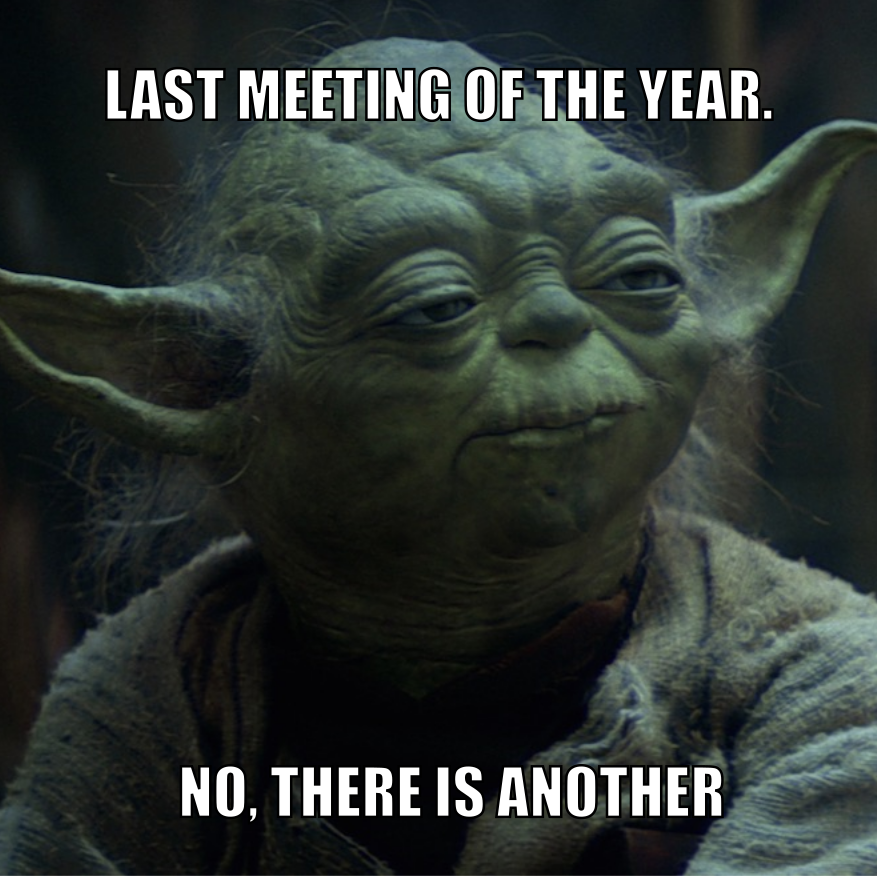Get them coding with Tic-80
TIC-80 is a fantasy computer, patterned after retro computers from the 80s. I’ve mentioned PICO-8 before, and if you have used it, then TIC-80 will feel right at home. The big advantage of TIC-80 over PICO-8 is that TIC-80 is completely usable in the browser. That means it will run on anything with a browser,…









